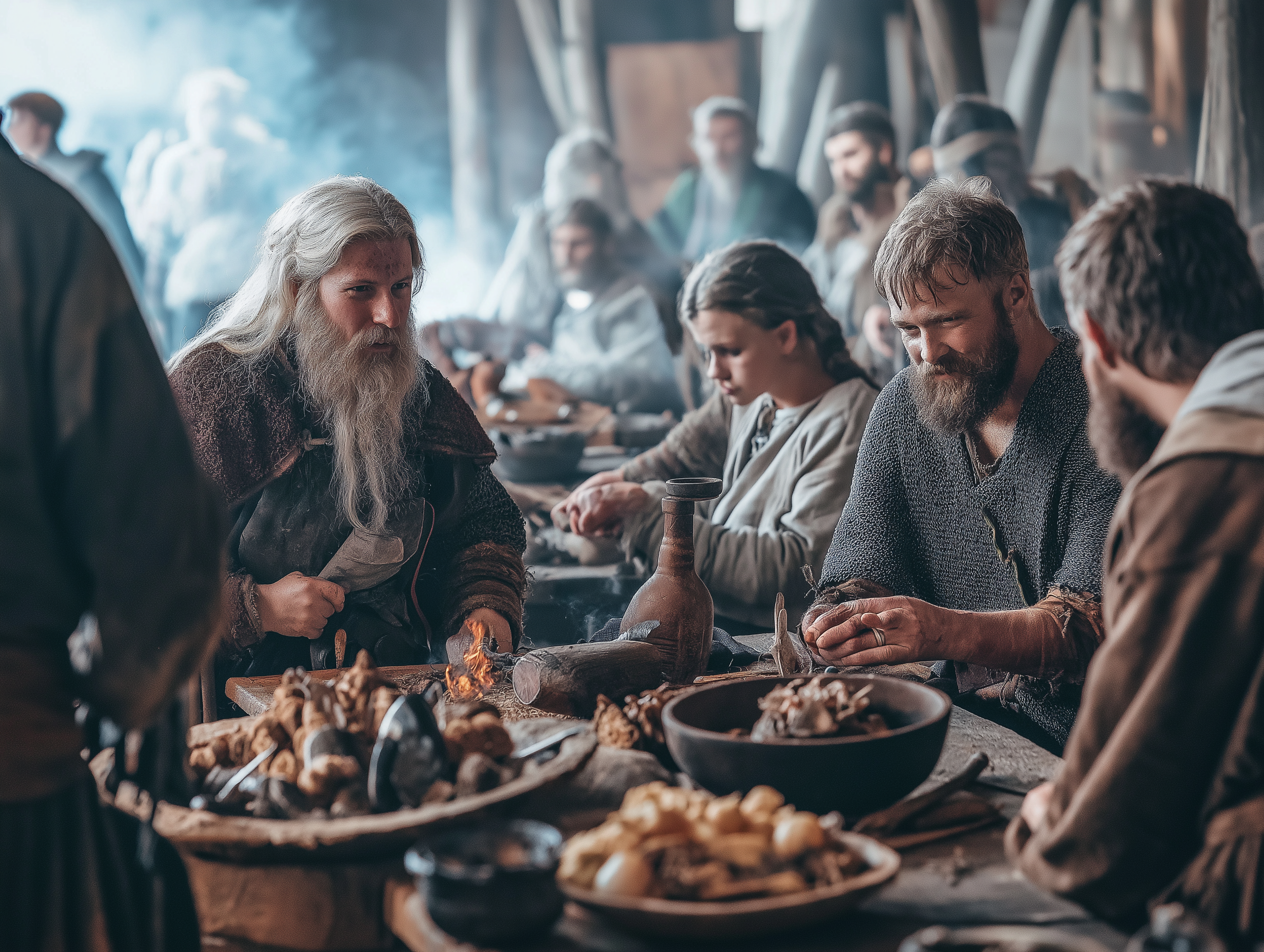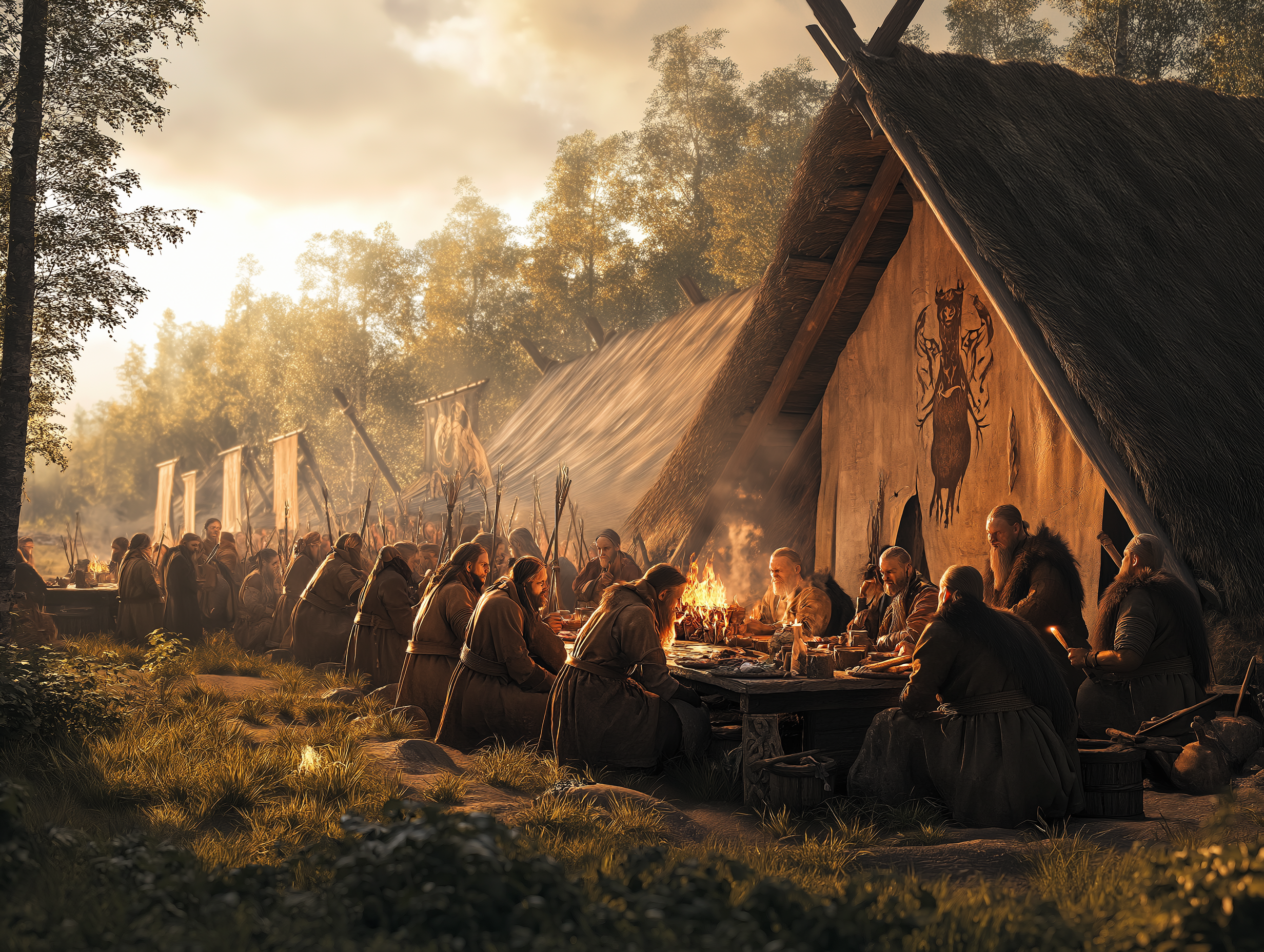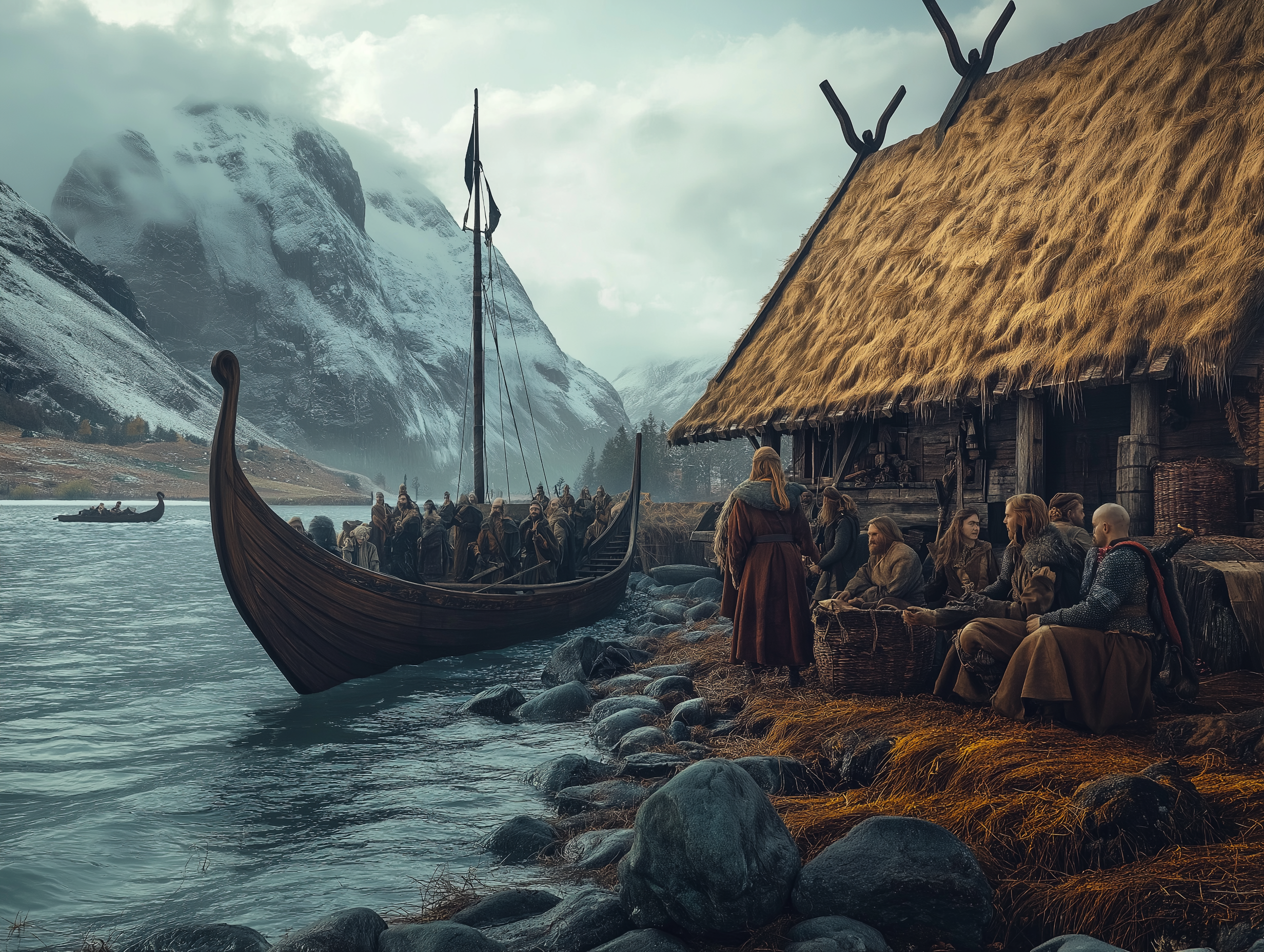Evenement
What Netflix doesn’t tell you about Vikings…
Vikings: warriors or traders?
Behind the myth, the Vikings were above all merchants and plunderers of vulnerable targets.
Modernity vs. historical reality
We idealise Ragnar, but the real Vikings lived in a brutal, slave-owning society.
The end of Vikings: Valhalla on Netflix
Netflix halts Vikings: Valhalla, despite its success.
Vikings and Vikings: Valhalla have been a great success, but their image of the Vikings conceals many forgotten historical realities.
1. Relative historical accuracy
– The series portrays the Vikings as superhuman, great invincible warriors, when in reality they were mainly opportunistic traders and plunderers, attacking mainly the most vulnerable populations such as peasants and monks.
– Numerous anachronisms are scattered throughout the series, including the idea that the Scandinavians ignored the rest of Europe before the Lindisfarne raid in 793, even though trade had existed for centuries.
– The main characters, such as Ragnar Lothbrok, are often treated with a very modern mentality, far removed from the tribal, slave-owning and brutal reality of the time. The series lends them humanist or universalist values that did not exist at the time.
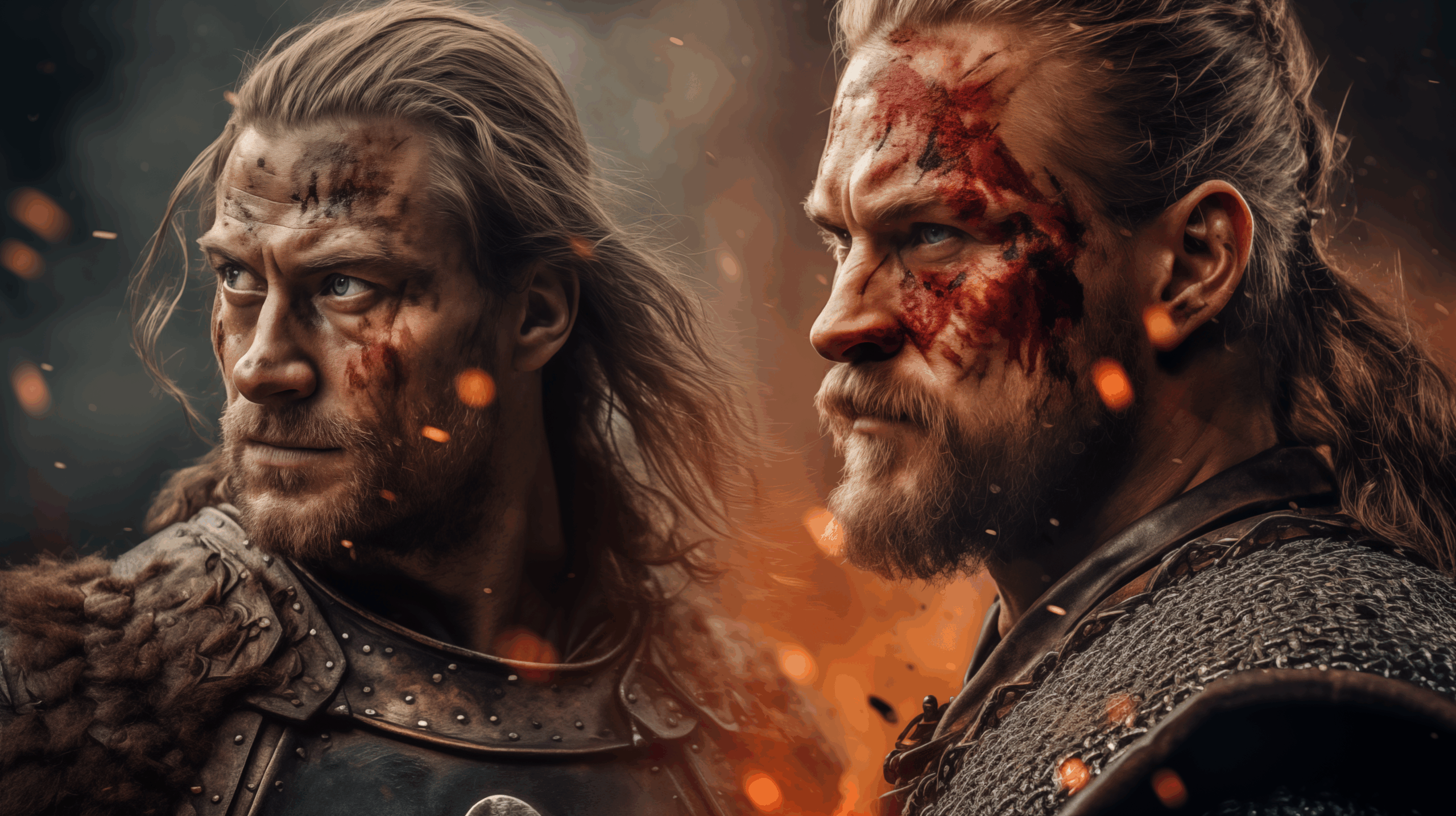
2. Taking liberties with diversity and mythology
– In Vikings: Valhalla, the presence of a half-breed jarl (Jarl Haakon) has given rise to debate. While this element is a novelistic choice, it is not totally impossible historically, but it remains highly speculative and has no solid basis in the sources.
– The religious aspects are treated in a very conceptual and intellectualised way, whereas Viking spirituality was rooted in everyday rituals and concrete practices, which are barely visible in the series.
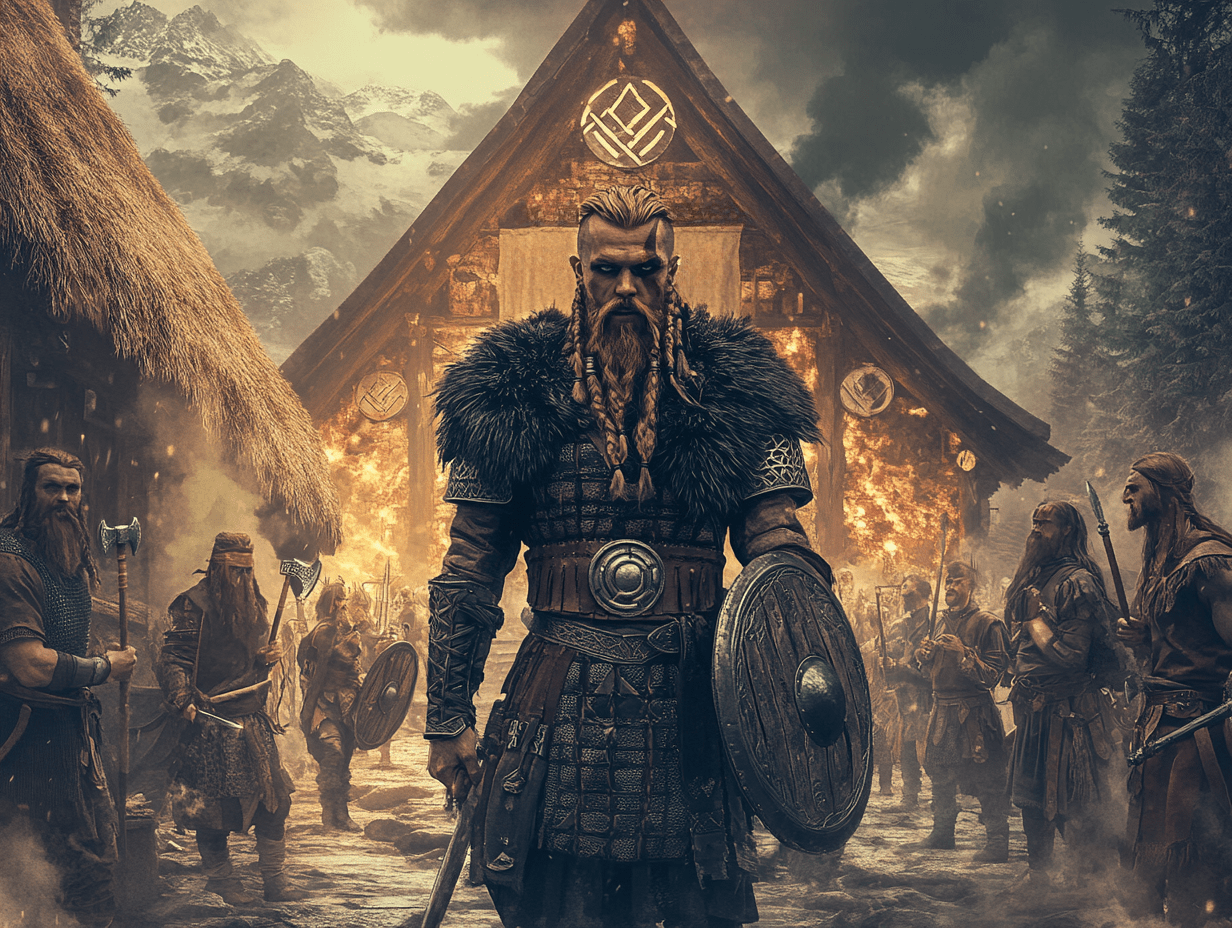
3. A very pop culture vision of Vikings
– The series focus on the spectacular: bloody battles, betrayals, alliances and heroic feats, to the detriment of the more nuanced reality of the period. Viking adversaries are often caricatured as weak and incompetent, accentuating the myth of the invincible Viking.
– The soundtrack, dialogue and plots are very contemporary, which creates a gap with historical reality and sometimes gives the impression of a modern “cosplay” rather than a faithful reconstruction.
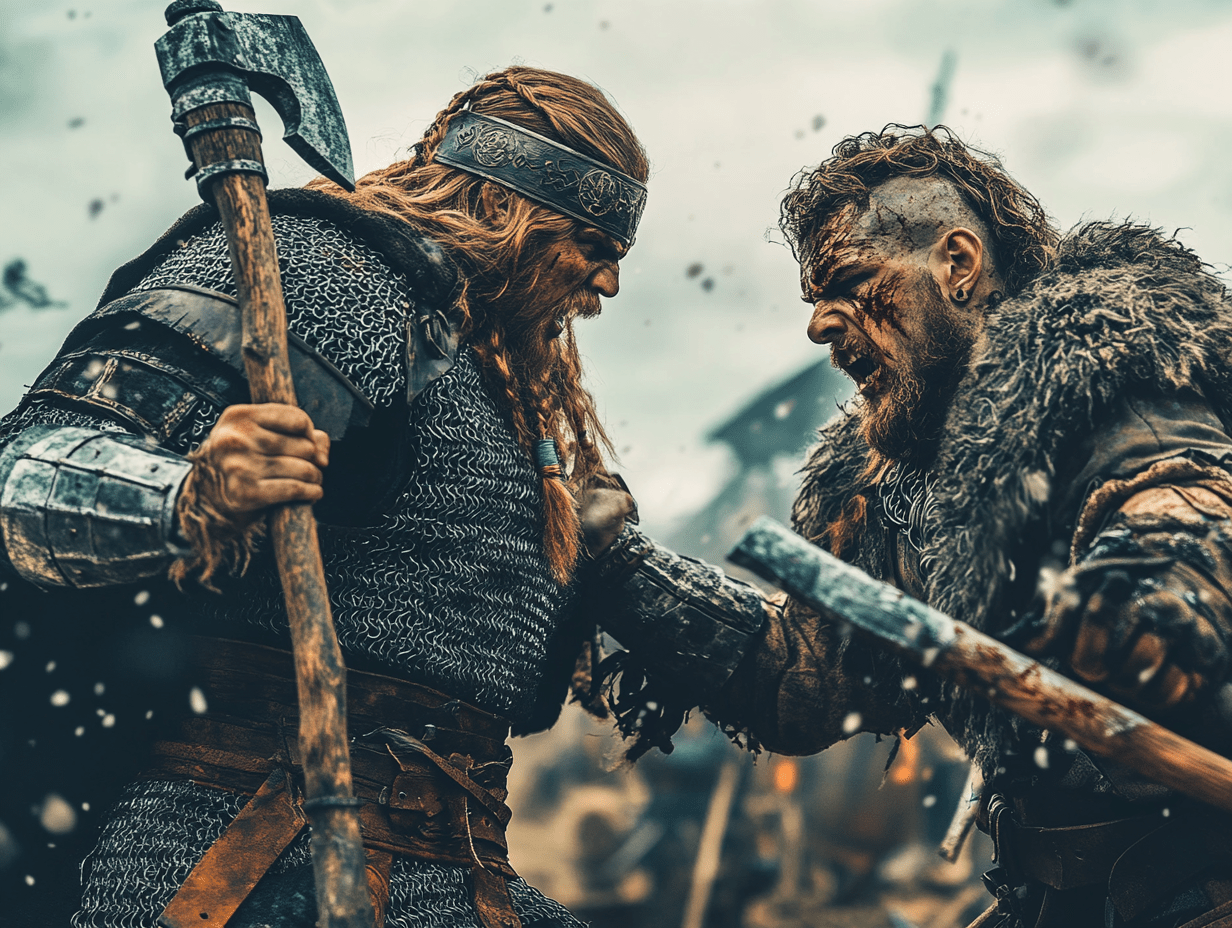
4. What Netflix doesn't show about the broadcast
– The Vikings series is not an original Netflix production. So, depending on the type of subscription (for example, ad-supported), the series may not be available to all users, as Netflix does not hold all the broadcasting rights.
– Vikings: Valhalla, on the other hand, is indeed Netflix content, but the platform recently announced the end of the series, which disappointed many fans.
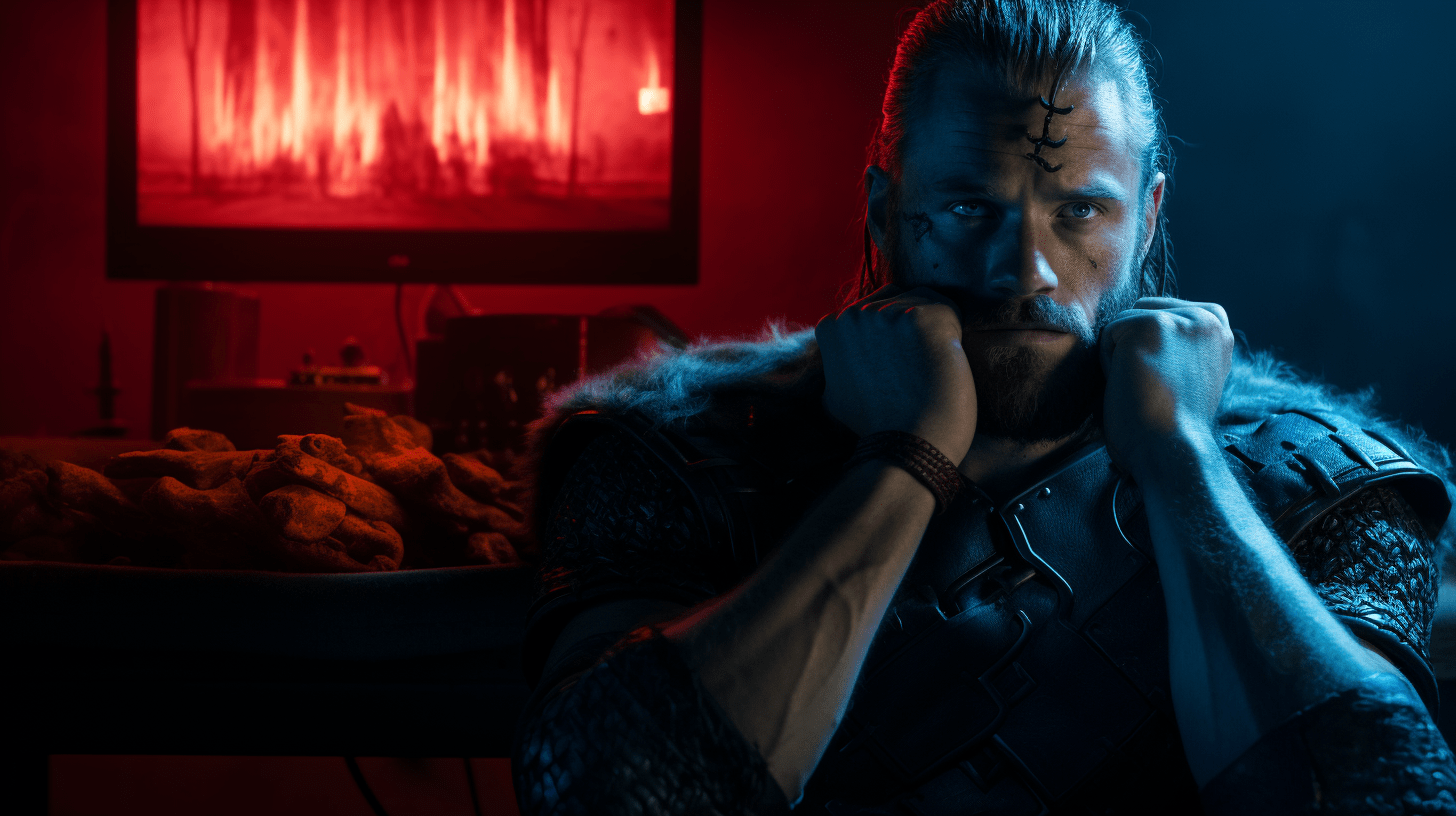
5. The real Viking conquests
– Contrary to the epic vision of the series, the Vikings did not conquer the whole of Europe. Their influence was mainly felt in certain regions (the British Isles, Normandy), and their military successes were often the result of targeted attacks rather than large-scale campaigns of conquest.
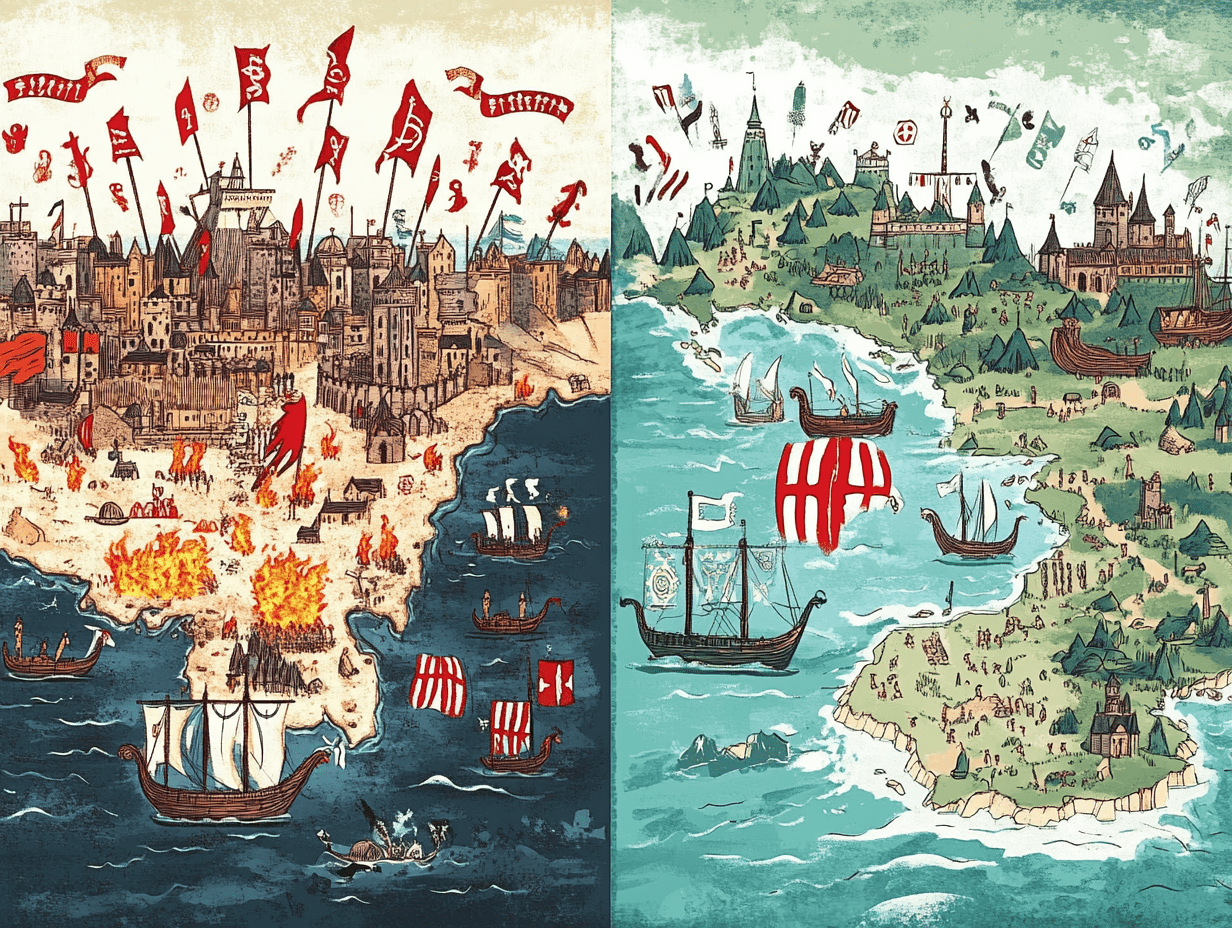
‘If you really like Vikings (even more if you're into the ’Vikings were supermen" mystique) and want to see them kill people, that's fine. Otherwise, you're in for some serious hair-pulling, especially if you also start picking up on the inconsistencies and anachronisms." SensCritique, review of the Vikings series (2013).

